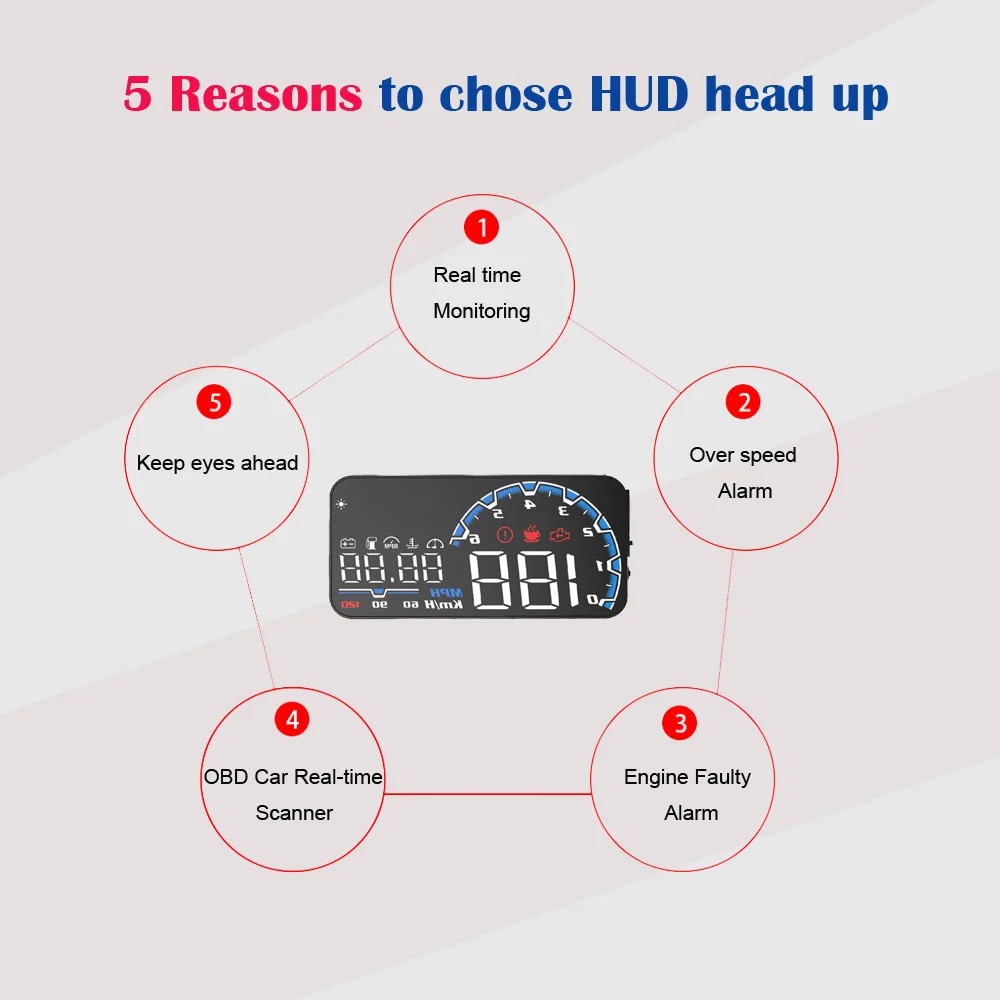Understanding your Chevy Impala’s On-Board Diagnostics system, specifically the OBD2 (and EUOBD in European models) port, is crucial for modern car maintenance and troubleshooting. This port serves as the gateway to your vehicle’s computer, allowing mechanics and car owners alike to access valuable data about its health and performance. Knowing where to find this port and what it does can save you time and money in the long run.
The OBD2 port, standardized across most cars manufactured after 1996 in the US and later in other regions, is designed to provide access to diagnostic information related to emissions and engine performance. EUOBD is the European equivalent, with similar functionality. For Chevy Impala owners, this port is your first point of contact when dealing with a check engine light or any performance issues.
Locating the OBD2 Port in Your Chevy Impala
Finding the OBD2 port in your Chevy Impala is usually straightforward. While the exact location can slightly vary depending on the model year, it’s typically located within the passenger compartment.
Common Locations:
- Under the dashboard on the driver’s side: This is the most frequent location. Look for it near the steering column or around the area above the pedals. You might need to crouch down to get a good view.
- Below the center console: In some Impala models, the port might be situated in the center console area, often towards the lower section, accessible from the driver’s side.
The OBD2 port is a 16-pin connector, trapezoidal in shape, making it easily identifiable. It is designed for standardized diagnostic tools to plug in and communicate with your car’s computer system.
Once you locate the port, you can connect an OBD2 scanner. These scanners range from basic code readers to more advanced diagnostic tools. They allow you to read trouble codes, understand what might be causing a problem (like a check engine light), and sometimes even clear minor codes.
Why is the OBD2 Port Important for Your Chevy Impala?
The OBD2 port is essential for several reasons:
- Diagnostics: It allows mechanics to quickly diagnose issues with your vehicle. Instead of lengthy manual checks, a scanner can pinpoint potential problems in minutes.
- Emissions Testing: In many regions, emissions tests are conducted via the OBD2 port, ensuring your car meets environmental standards.
- Performance Monitoring: Advanced scanners can provide real-time data about your engine’s performance, which is useful for enthusiasts and for tracking down intermittent issues.
- DIY Car Maintenance: For car owners who like to perform their own maintenance, an OBD2 scanner is an invaluable tool for understanding their car’s condition.
OBD2 Compatibility and Considerations for Chevy Impala
For most Chevy Impala models manufactured from the late 1990s onwards, OBD2 compliance is standard. This means you should be able to use any standard OBD2 scanner to access diagnostic information. However, there are a few points to keep in mind:
- Older Models: If you own a classic Chevy Impala from before the OBD2 standardization (pre-1996), it will not have the standard OBD2 port. These older models use earlier diagnostic systems, which are not compatible with OBD2 scanners.
- European Models (EUOBD): For Impalas sold in Europe, the port will be EUOBD compliant, which is functionally very similar to OBD2. Scanners designed for OBD2 generally work with EUOBD as well.
- Scanner Compatibility: While OBD2 is a standard, some advanced features or manufacturer-specific codes might require more specialized scanners. For basic troubleshooting and reading common codes on your Chevy Impala, a standard OBD2 scanner should suffice.
Troubleshooting OBD2 Port Issues
In rare cases, you might encounter issues connecting to your Chevy Impala’s OBD2 port. Here are a few basic troubleshooting steps:
- Check the Scanner: Ensure your OBD2 scanner is functioning correctly by testing it on another OBD2 compliant vehicle if possible.
- Inspect the Port: Visually inspect the OBD2 port for any damage or debris that might be preventing a good connection.
- Ignition On: Make sure your car’s ignition is turned to the “ON” position (engine off) when attempting to connect with a scanner. Some scanners require the ignition to be on to draw power and communicate.
- Consult a Mechanic: If you’ve tried these steps and still can’t connect, there might be an issue with your Impala’s OBD2 port or the car’s computer system. In such cases, it’s best to consult a qualified mechanic.
Understanding the OBD2 & EUOBD port in your Chevy Impala empowers you to take a more proactive approach to car maintenance and diagnostics. Whether you’re addressing a check engine light or simply curious about your car’s performance, this port is your key to unlocking valuable information.

